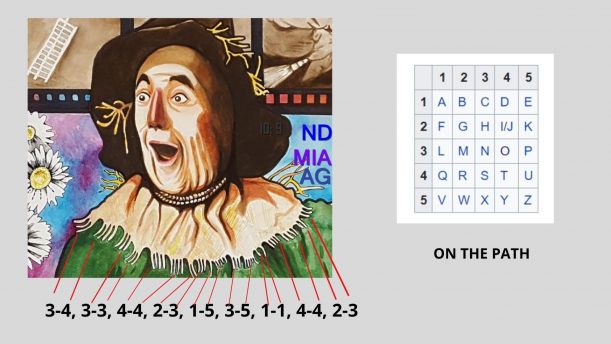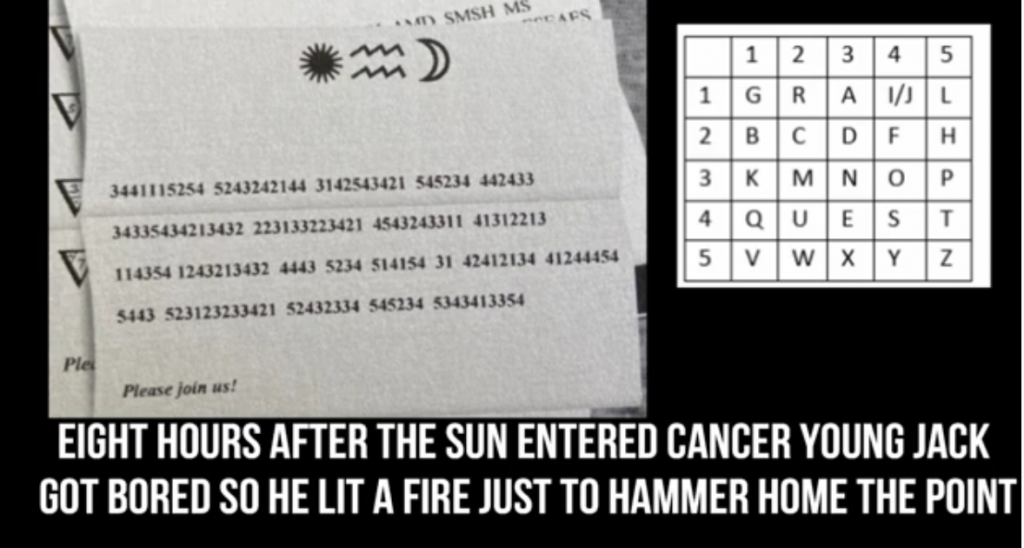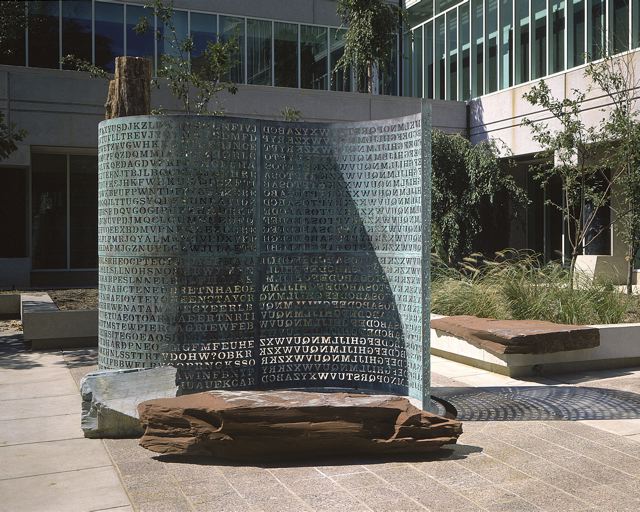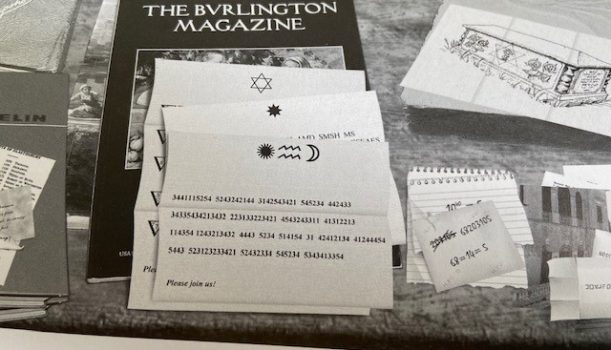The Great US Treasure Hunt, for $40,000 worth of prizes, was released on November 13, via an Ebook, now available on Amazon. It is known in order to discover the locations of 4 hidden proxy items, each used to claim a $10,000 treasure, searchers have to break a code. One code is hidden in each of the four chapters. What codes are used in the hunt? And might Keyword Ciphers or the Null Cipher be used?
On the Hunt’s Twitter, the topics of the 4 chapters were listed. The first chapter discusses ‘codes and ciphers’. Kangaroo words, wordplay, Caesar shift, and the vigenere cipher were named.
What was also mentioned were ‘Keywords’. In the Great US Treasure Hunt book, the Benefactor, who is hosting the 3 pairs of searchers competing for prizes, stated, Are you ready to go on a treasure hunt? “Because those are the key words for today… treasure hunt.” Is this a hint Keywords will be used in this hunt?
Is ‘Treasure Hunt’ an actual key word to use? Or some variation or use of it? Maybe the keywords are- ‘because, those, and are’- since we are told they the keywords for today? or maybe it’s something like R, U, RED, E, TWO, etc…. Many play of words to use as keys.
Keywords can be applied to numerous cipher systems to make them more difficult to break. I had previously talked about how a normal Polybius Square can be filled first with a ‘keyword’. The keyword mixes up the common layouts for the 5×5 grid. Instead of being filled by the alphabet in order, as shown below, the alphabet is out of order- depending on the keyword. An input pair is used to decode a message from the grid.

In The Ultimate Quest treasure hunt, two keywords were used. They were GRAIL QUEST and placed in rows 1 and 4 of the grid. You can see how the common filled Polybius Square is changed. 1-1 doesn’t give A, it now gives a G. and so on.

Keywords can also be used in a Caesar Shift cipher. The keyword is placed in front of the shift, so the alphabet is not shifted straight from A-Z to anymore, but it is changed a bit with the keyword used (without duplicating letters). Using a keyword, TREASURE, would give the following shift:

While those uses of keywords make the systems more difficult to decode, they are not very secure for a long string of letters. They are still single substitution ciphers and can be broken by brute force or letter frequency techniques.
However, the use of a keyword in a Vigenere Cipher is a bit more complicated. This cipher was used on the Kryptos sculpture in DC– which parts still remain unsolved.

The Vigenere Cipher is a poly-alphabetic substitution cipher and is very difficult to break, unless the keyword is known and applied. In the case of Kryptos, the keywords were discovered, and once applied provided messages. More on that can be read here: How Kryptos 1 was solved.
What is proving difficult, or actually more time consuming, in The Great US Treasure Hunt, is the ‘code’ needs to be found as well. Searchers are not given a ‘string of letters’ to ‘decode’. They have to ‘find it first’.
This makes me believe that maybe it won’t be a keyword used to decode a cipher system. It’s possible the keyword is of another nature. In my book, Introduction to Codes and Ciphers, I include Null Ciphers. Null ciphers hide messages right in plain sight. They use a system to conceal messages within non-cipher information.
For example, one I use in my book. The sentence:
All the tourists adore cute kangaroos. Not one wouldn’t.
Hides the message ‘ATTACK NOW’ with its first letters. Unless looking of it, it goes unnoticed.
Null Ciphers can also use ‘keywords’, however. On page 42 of Codes and Ciphers, I write, “A message could also be hidden by a numerical pattern after every period, comma, specific letter, or a keyword.”
I give the example of TREASURE as a keyword. It could be known that after the keyword, Treasure, is used in the plain text, a hidden message is found by counting some numerical pattern or second key after it- like to every 3rd letter or word, after the keyword TREASURE is used. Or if TREASURE is used another way, after the letter T, count 3, then after the letter R, count 3, then E, then A, and so on, till Treasure is spelled and used in the normal text. Maybe multiple times.
So if we were to ‘test’ the possibility that the ‘keywords’ are ‘Treasure Hunt’ in The Great US Treasure Hunt book, maybe after those words (or letters), either separately or together, a hidden message can be found by counting a certain number after it? Or if the ‘keywords’ are ‘Because those and are’, we would use first letters after their use or something.
I end that chapter by saying there are numerous ways a Null Cipher could be used to hide messages right in front of our eyes. And that is a fact. While not difficult per se, they are time consuming to find. It is a ‘Trial and Error’ method of testing this or that.
I also give another example in my book. Can you find the secret ‘treasures’ in the paragraph below?
“Time was the gift. Right after he realized this, life took on a whole new meaning. Everything around him was appreciated more. And those around him as well. Sometimes it just takes embracing a new perspective. Understanding life, and the journey, is there for you to enjoy brings immense peace and happiness. Regret nothing, just learn from it. Eventually we all face the end, and how better to face it than with no regrets, but a life well lived.”
Best of luck with all that you seek! Always Treasure the Adventure!


